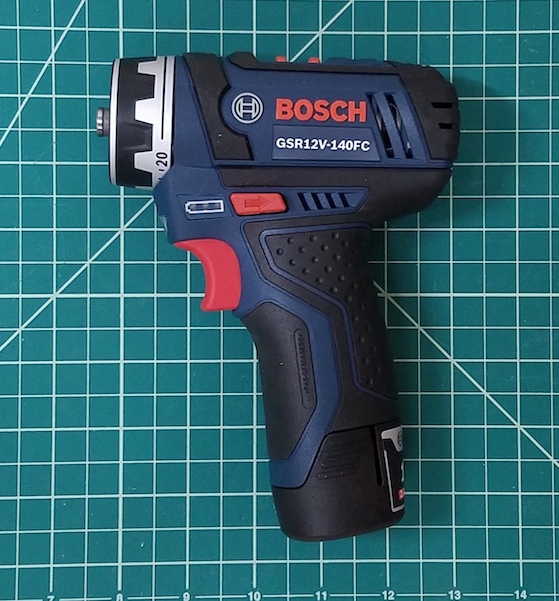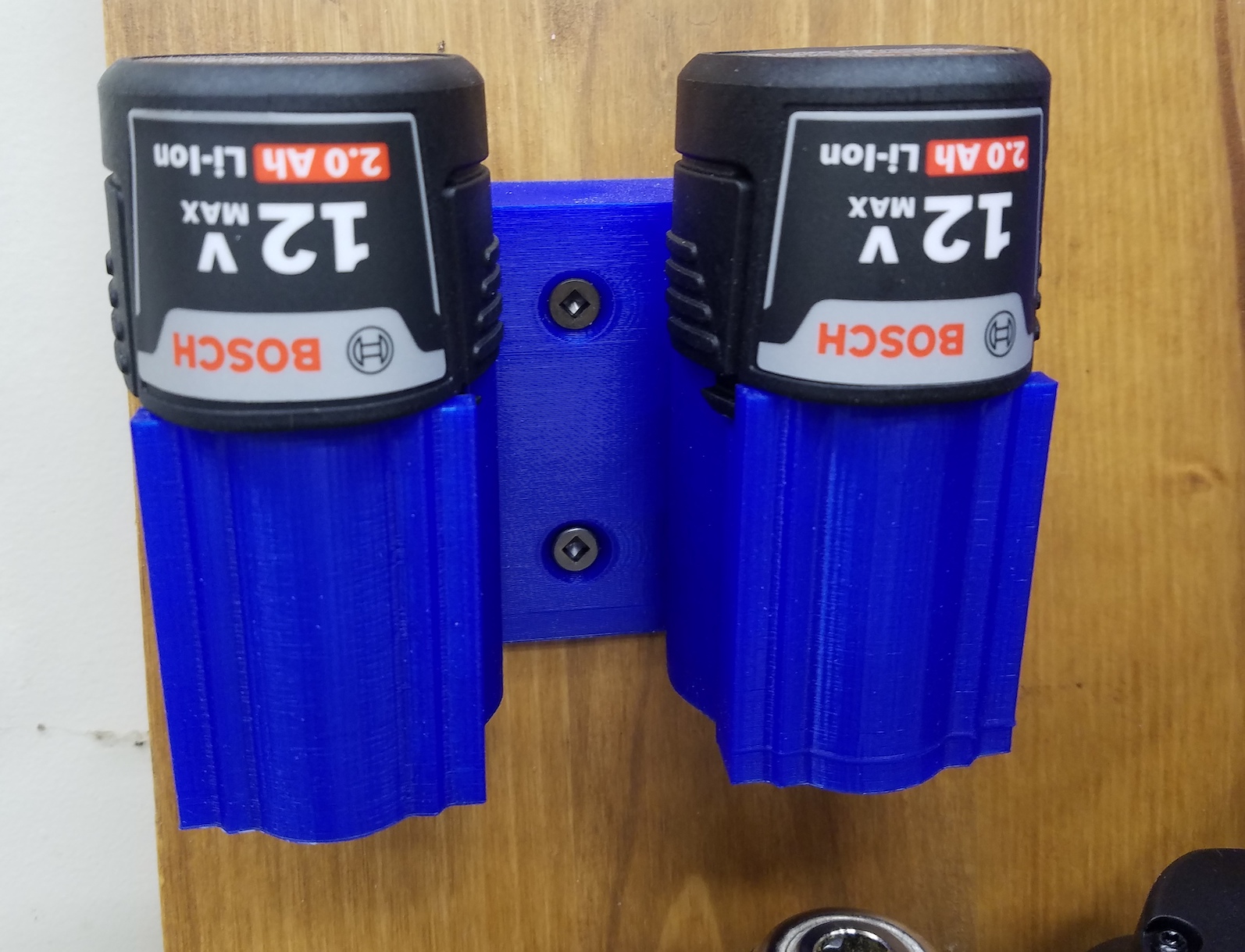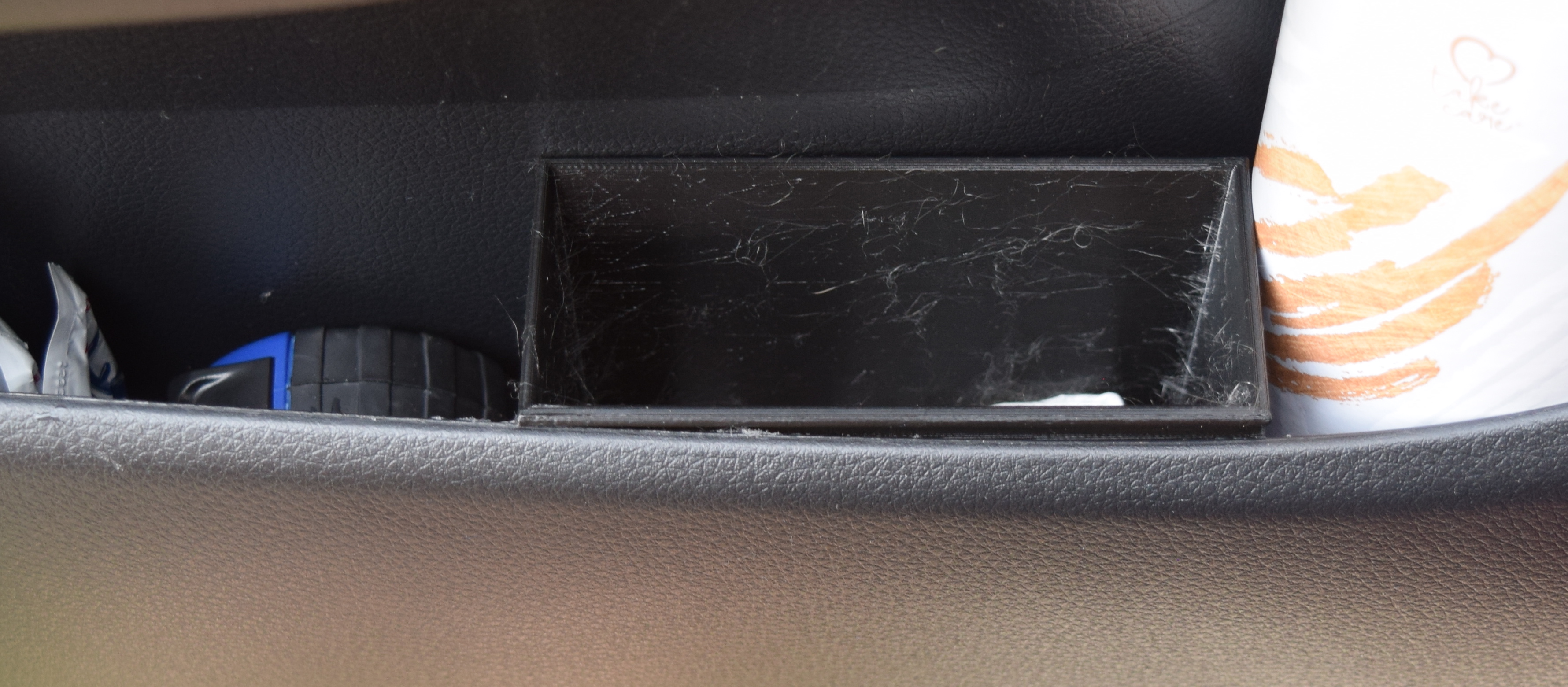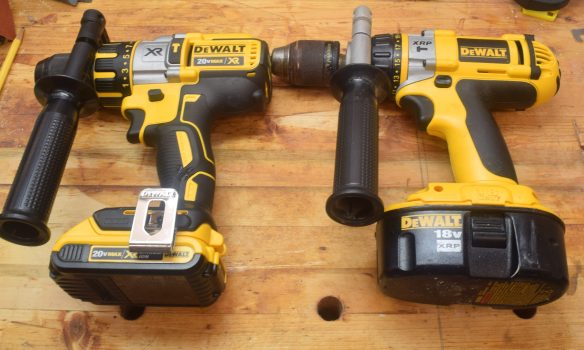A woodworking magazine of mine had a good article on making your own awls. You start with O1 hardenable steel rod, grind to shape, fire and quench. The handles are made on a lathe. This sounds like a mini knife making project and something I would benefit from. I am always using awls to mark wood for screwing or drilling and was looking into buying more. At 10 bucks for a 3ft rod of the steel, these are super cheap and easy to make.
I started with 1/8″ O1 drill rod. This was fine, but in the future I would go with a 3/16″ or maybe 1/4″. I chucked them up in the drill and freehanded a point with the bench grinder. A mapp gas torch was potent enough to get them past a magnetic point (hot enough to quench properly) and into a small jar of canola oil they went. I threw them in to an oven at 400F for an hour to temper, then eventually sanded and buffed off the scale.
I like working on the lathe, but often find that order of operations is absolutely critical. If I go in just doing the first thing that comes to mind, I wind up in a place where I can’t clamp something properly or the part is out of center. My first attempt or two painted me into a corner.
I settled on this order of operations. Mark center (wouldn’t an awl be nice right about now?) for the tail stock to hold, then chuck up a square blank at the head. Drill the 1/8″ hole for the awl to fit in (picture missing). Put a center point in that hole, and round everything down and make the shape as close to final as possible while leaving a little attached towards the head stock. Now is a good time to do all the sanding. Once that is done you can part the last bit off and it will be free. There is always a little nub that needs sanding at the butt end.
With the metal and handles done I used structural epoxy to bond them and then a series of dips in home made shellac to finish the handles. Many coats later and they were ready to give out. I now have one at my lathe, another at the drill press, and a few more for my bench. Don’t leave home without these beauties!






































































